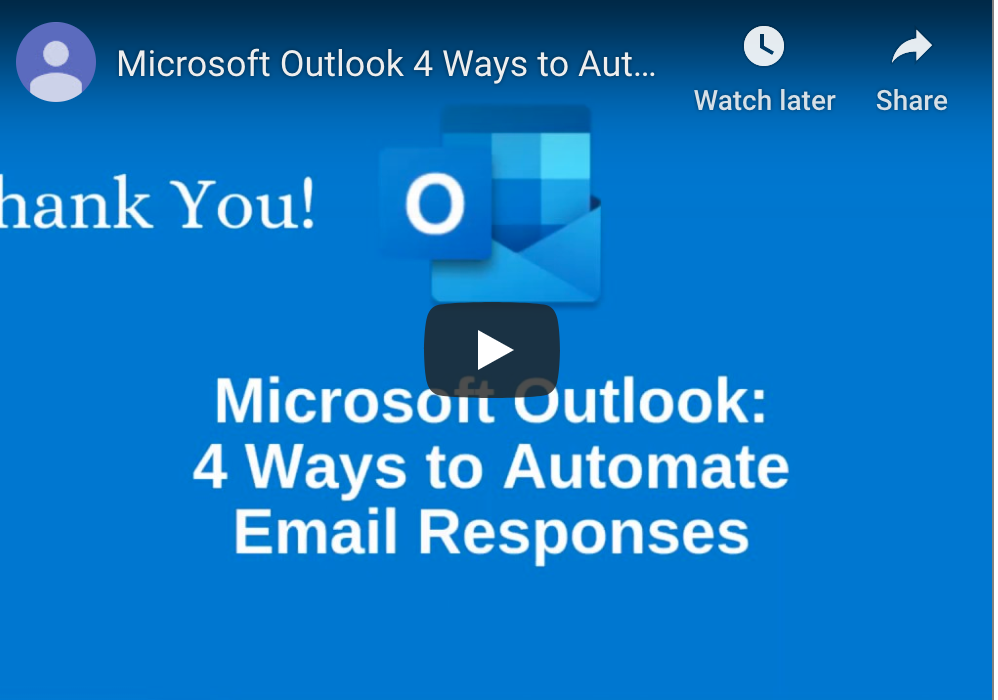Use Power BI to Revolutionize How Your Company Analyzes Data
Proper data analysis is critical to success in business. Learn how to better organize, visualize, and make insights about your company’s data with Power BI.

Basically, all businesses run on data — or at least, all businesses should run on data.
That’s because tracking, organizing, and analyzing your business’s data allows you to make many insights that can improve your day-to-day functions, customer and client satisfaction, and overall bottom line.
Still, many businesses fail to properly organize their facts, figures, and other information in a coherent way. This reduces the likelihood that important insights and useful changes will be made through their data analysis.
Enter Microsoft’s Power BI.
With Power BI, companies now have the ability to quickly and efficiently turn large swaths of information into organized, coherent, and useful visualizations. With these visualizations, you’ll be able to see crucial trends and other important insights that will better your business and boost your success.
How Does Microsoft’s Power BI Work?
Whether they realize it or not, all companies create huge amounts of data every day. This data may be related to everything from basic earnings to user interaction with the company website.
Whether a company actually records and keeps track of their data sources depends on numerous factors. For example, your website is likely automatically tracking how many visitors go to your “Store” page each day. However, you may not be tracking how many patrons walk into your brick-and-mortar business every day.
Whatever data a business does decide to track is only useful when it’s consolidated, organized in an easy-to-understand way, and analyzed. Most of the analysis phase will be up to you and your team. But the consolidation and organization phases can be completed with software programs.
Microsoft’s Power BI is a “collection of software services, apps, and connectors that work together to turn your unrelated sources of data into coherent, visually immersive, and interactive insights.”
Essentially, Power BI works like this:
You gather data in whatever manner you prefer. You can use related Microsoft software applications such as Excel, or you can use third-party applications (more on this later).
Next, you give Power BI access to this data. From there, you connect to this data by modeling and enriching it with preferences and parameters that you specify. Once this is achieved, you can create a report, which will show you the data models you’ve created in useful ways. Charts, graphs, and other visualizations will make up the core substance of this report.
At this point, what you do with the data is up do you. For instance, you might share the report with other users and employees in your company, customers and clients, shareholders and investors, or others. Or, you might use the visualizations in the report yourself, in order to make inferences and insights that could necessitate change. Lastly, many companies turn over their data reports to third-party or in-house data specialists for thorough analysis.
How Do You Gather the Data That Power BI Uses?
One of the best things about Power BI is that it caters to your company’s unique data compilation preferences. That is, you can continue to gather your own data in your preferred way, and Power BI adapts.
With help from Power BI, you have the ability to draw data from anywhere your company stores it — whether that’s Microsoft Excel, Google Analytics, Salesforce, IoT (Internet of Things) devices, or social media sites like Facebook and Instagram. Power BI can take information from on-premise or in-the-cloud storage.
Why Is Data Analysis So Crucial to Your Business’s Success?
Here are just a few of the insights you can make with data analysis:
- Future trends in your industry
- Revenue progression
- Sales success of individual products or services
- Trending security issues
- Website traffic and conversion tendencies
- Customer behavior predictions
How Can You Get Started With Microsoft’s Power BI?
You can test out Power BI for free by downloading the Power BI Desktop Application. This version gives you the basics of Power BI’s capabilities, so you’ll have time to play around with the feature and test how you like it.
Moving forward, Microsoft also offers Power BI Pro, which allows you to create dashboards, collaborate with other users, and package and send data to those who also have the app. Finally, there’s Power BI Premium, which is perfect for large enterprises.
With help from Microsoft’s Power BI, companies of any size and in any industry can now conduct their own data consolidation and analysis with ease. This invaluable tool can change the way you do business and has the power to revolutionize your company’s success over time.








